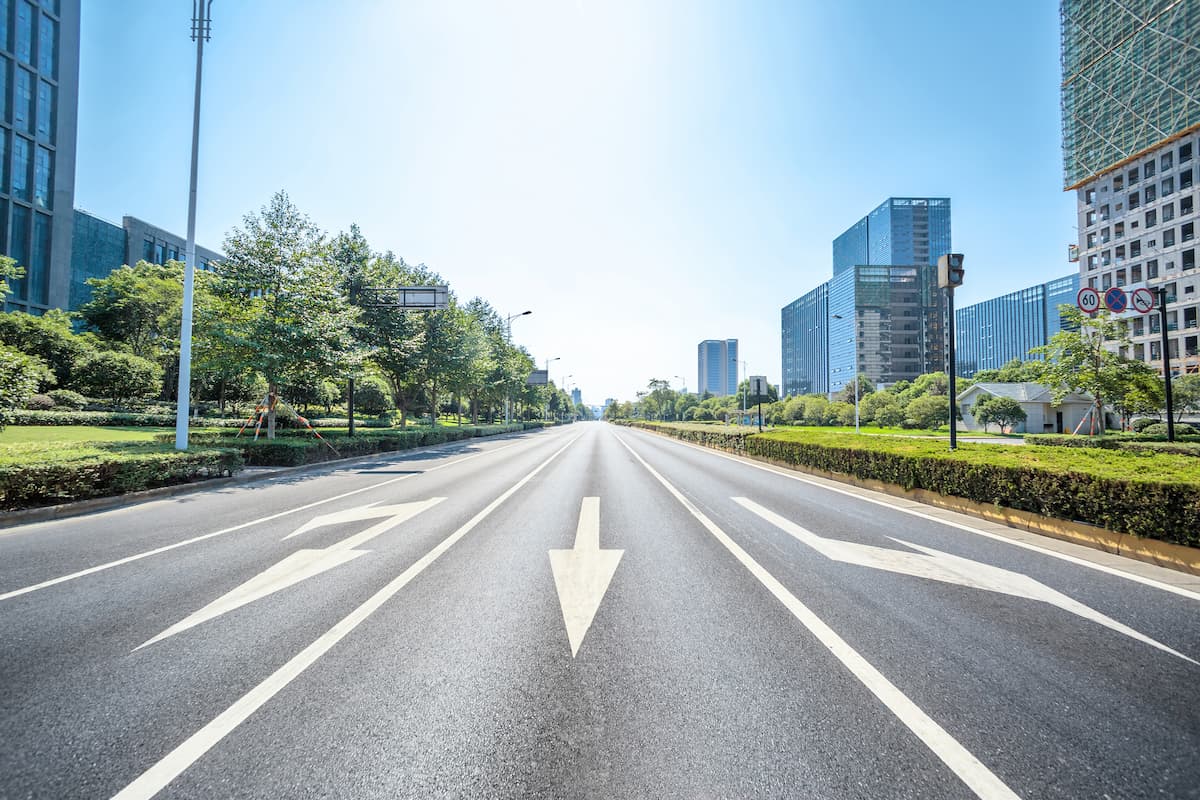
One of the most important aspects of city travel is sustainability. Since the creation of Low Emission Zones (LEZs) to the creation of to multimodal transport applicationsCurrent policies are focused on combining freedom of movement with improving the quality of life of citizens. In this regard, we would like to discuss the environmental benefits of improving urban mobility.
A clear example of this type of sustainable mobility strategies in cities is the creation of ZBEs, zones in which municipal administrations restrict access, circulation and parking of vehicles in order to reduce air pollution. This is also achieved by allowing access only to low-emission cars.
The impact of this reality is very important, since it implies to a great extent rethinking the way in which people move around urban centers. The objective is to change the use of the private car for other combined means of transport in order to achieve sustainable cities. sustainable cities.
But how is this achieved and what are the environmental benefits of meeting this goal? Increasing social awareness is helping to achieve sustainability objectives, because it is a task that does not depend solely on public administrations (PAs) or transport operators.
Citizens, with their travel habits, are also a fundamental part of the equation. And managers and operators must offer technology-based solutions to improve mobility in cities. technology-based solutions to improve mobility in citiesThe key to this is to ensure that the data is available in real time and that any digital innovation is easy to use.
Do you want to know more about Mobility and Sustainability?
3 environmental benefits of improving urban mobility in cities
At Openviaexperts in the development of innovative solutionss solutions that improve infrastructures and mobility mobility, we will explain three environmental environmental benefits of improving urban mobility. And, incidentally, point out concrete ways to achieve them.
Reduction of GHG emissions
One of the clearest and most notable benefits is the reduction of greenhouse gas (GHG) emissions such as carbon dioxide. reduction of greenhouse gas (GHG) emissions such as carbon dioxide and carbon dioxide.. With the implementation of solutions that encourage the use of electric scooters, public transport or car sharing, as well as multimodal transport applications, a real alternative to the use of the private car is achieved.
The fewer vehicles on the road, the lower the emission of GHG gases, the relationship is clear. This is the way to fight against climate change, a reality in which technology plays a key role in its solution. In order to achieve this objective, it is also necessary to promote electric or hybrid vehicles to replace combustion engine cars.
In fact, the European Union has agreed to ban the sale of new cars with combustion engines from 2035. Therefore, in parallel to the European legislative measures, it is necessary for public authorities, operators and citizens to work together to promote sustainable urban mobility.
Saving and efficient use of energy
The second environmental benefit of improving mobility in cities is the saving and efficient use of energy. saving and efficient use of energy.. The promotion of public transportation, bicycles, Personal Mobility Vehicles (PMVs) or walking, reduce the amount of energy needed to transport people.
At the same time, the reduction of travel times, thanks to the combination of means of transport and the use of integrated payment systems, allows for the efficient use of energy.
And to achieve more effective and shorter trips, smart urban planning is smart urban planning is also basic: it consists of reducing the need to use means of transport by locating workplaces, stores and homes close to each other.
Reduction of noise pollution
Thirdly, we mention the reduction of noise pollution in cities as another as another advantage for urban life if mobility is improved. The generation of noise in the streets due to the number of traditional fuel vehicles can generate health problems in the population.
Urban mobility based on quieter means of transport – such as scooters or electric bicycles – and the use of public transport or car sharing avoids traffic congestion due to so many private cars on the road.
The clear consequence is that fewer vehicles circulating in cities means less noise and noise pollution. Thus improving people’s quality of life and urban mobility per se. per se.

How to achieve environmental benefits with urban mobility solutions
After seeing the environmental benefits of improving mobility in cities, we are going to provide ways to achieve it. Although we have talked about how technology is transforming mobility in cities how technology is transforming mobility in cities, we are going to talk about two specific ways in which mobility solutions improve mobility in cities.We are going to talk about two specific ways in which mobility solutions improve urban sustainability and care for the environment.
- Integration of transport operators
- Use of parking lots with multimodal hubs
Integration of transport operators
The integration of transport operators is a mobility solution based on the collaboration of companies and entities offering transport services to provide users with an integrated offer.
Specifically, it centralizes the supply of cabs, buses, trains, electric scooters, bicycles or shared cars in a single digital platform, in a coordinated manner, so that users can manage it more quickly, efficiently and economically.
With this integration and centralization of resources, it is possible to provide a real alternative to the use of the private car, as previously mentioned.
Parking lots with multimodal transportation hubs
Directly related to the integration of transport operators is the second mobility solution: the creation and use of car parks with multimodal transport hubs. multimodal transport hub parking facilities.What are these parking facilities? We are referring to parking spaces that connect with various modes of transport to facilitate people’s mobility.
Inside, citizens have the availability to take buses, trains, shared bicycles or other means to get around. This is a translation to the physical world of what multimodal transportation apps represent in the digital world.
As they are intermodal, their planning is designed with a customer-centric approach. customer centric (the consumer or user at the center) with the purpose of improving their integrated experience, giving them in the same location several transportation options other than the private car and achieving sustainable mobility.
Environmental benefits of sustainable urban mobility: conclusions
The goal of having sustainable cities to improve people’s quality of life by combating climate change can be achieved, among other measures, with technological solutions. Its importance lies in the fact that it is for the benefit of all, it is not a matter of promoting beneficial innovations or those available only to a privileged minority of the population.
On the contrary, this specific area is proof of how technology is at the service of society as a whole, of its democratic nature. At Openvia we are on the side of developing solutions that improve the lives of all citizens, thus promoting and defending the environmental benefits of improving urban mobility.
